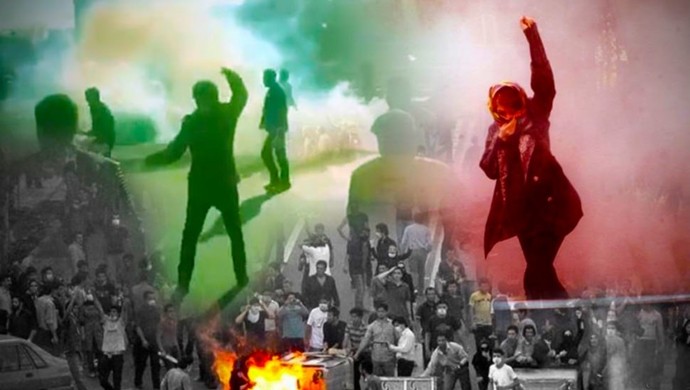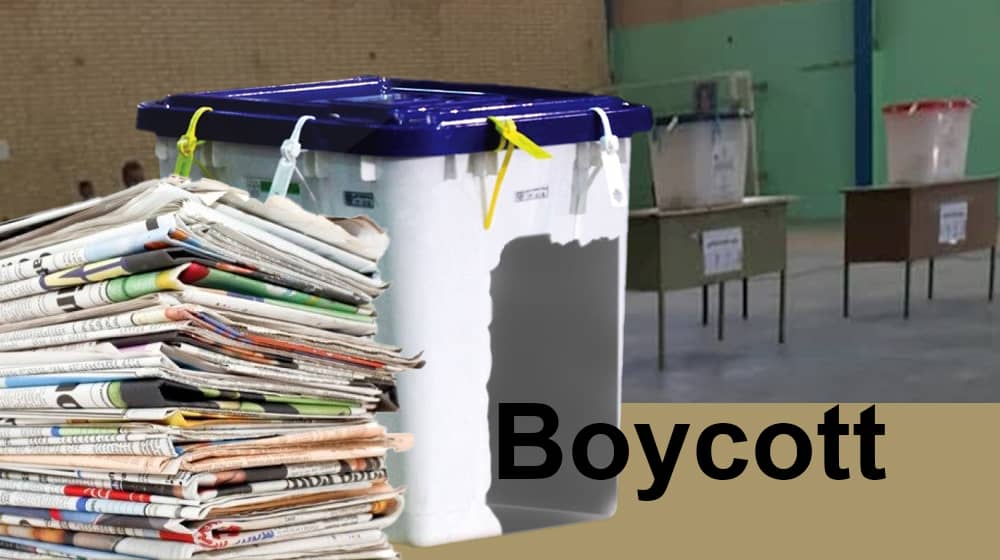

In the aftermath of Iran’s controversial elections, a striking narrative unfolds, portraying a nation entrenched in political turmoil and societal disillusionment. Marked by a minimal voter turnout of just 8.2%, as reported by PMOI activists, the recent electoral process has starkly underscored the deep-seated legitimacy crisis facing the Iranian regime, led by Supreme Leader Ali Khamenei.
This scenario poses critical questions about Khamenei’s ability to steer the country through its current tumult, amid escalating internal dissent and external isolation. The elections, largely boycotted by the Iranian populace, saw participation primarily from regime loyalists and armed forces, including the Basij and the Revolutionary Guards.
This widespread disengagement reflects a profound disillusionment with an electoral system perceived more as a performative exercise than a genuine democratic process. Even state-affiliated publications concede that the elected representatives mirror only a slender segment of society, further eroding the election’s credibility.

Tehran, the heart of Iran’s political dynamism, recorded the lowest voter turnout, with a notable number of ballots returned blank or invalid—a silent testament to coerced participation or outright rejection. This scenario encapsulates the culmination of decades-long dissatisfaction, tracing back to the early days of mullah rule, now manifesting in a profound crisis of legitimacy for the theocratic establishment.
The backdrop to this electoral debacle is a nation simmering with discontent, evident in the widespread uprisings of 2022. Although the regime managed to suppress these movements, the underlying grievances remain unaddressed, exacerbated by deteriorating living conditions.

Despite these challenges, the spirit of resistance among the Iranian people remains unbroken. This resilience was vividly demonstrated during the national celebration of Chaharshanbe Suri, which saw enthusiastic participation, especially from the youth. The blending of political slogans with traditional fire celebrations highlighted a collective aspiration for change and resistance against repression.
Moreover, the activities of Resistance Units, comprising young men and women dedicated to the struggle against tyranny, signify a burgeoning movement for radical change. These units, through various acts of defiance, have kept the flame of resistance alive, signaling a categorical rejection of mullah rule and a persistent call for freedom and justice.
Why does #Khamenei fear his own sham elections? Why sideline allies like Fallahian, Salehi, Taeb and Rouhani? Is it about succession or survival? Explore in an 8-minute video on #IranElections. pic.twitter.com/byvOocmwR8
— NCRI-FAC (@iran_policy) February 13, 2024
As Iran stands at a crossroads, the increasing mobilization for change reflects not only a rejection of the current regime but also a determined quest for a future shaped by the people’s will. Amidst this unfolding drama, the international community watches closely, as the resilience of the Iranian populace challenges the status quo, heralding a potentially transformative era in the country’s storied history.

MEK Iran (follow us on Twitter and Facebook), Maryam Rajavi’s on her site, Twitter & Facebook, NCRI (Twitter & Facebook), and People’s Mojahedin Organization of Iran – MEK IRAN – YouTu







